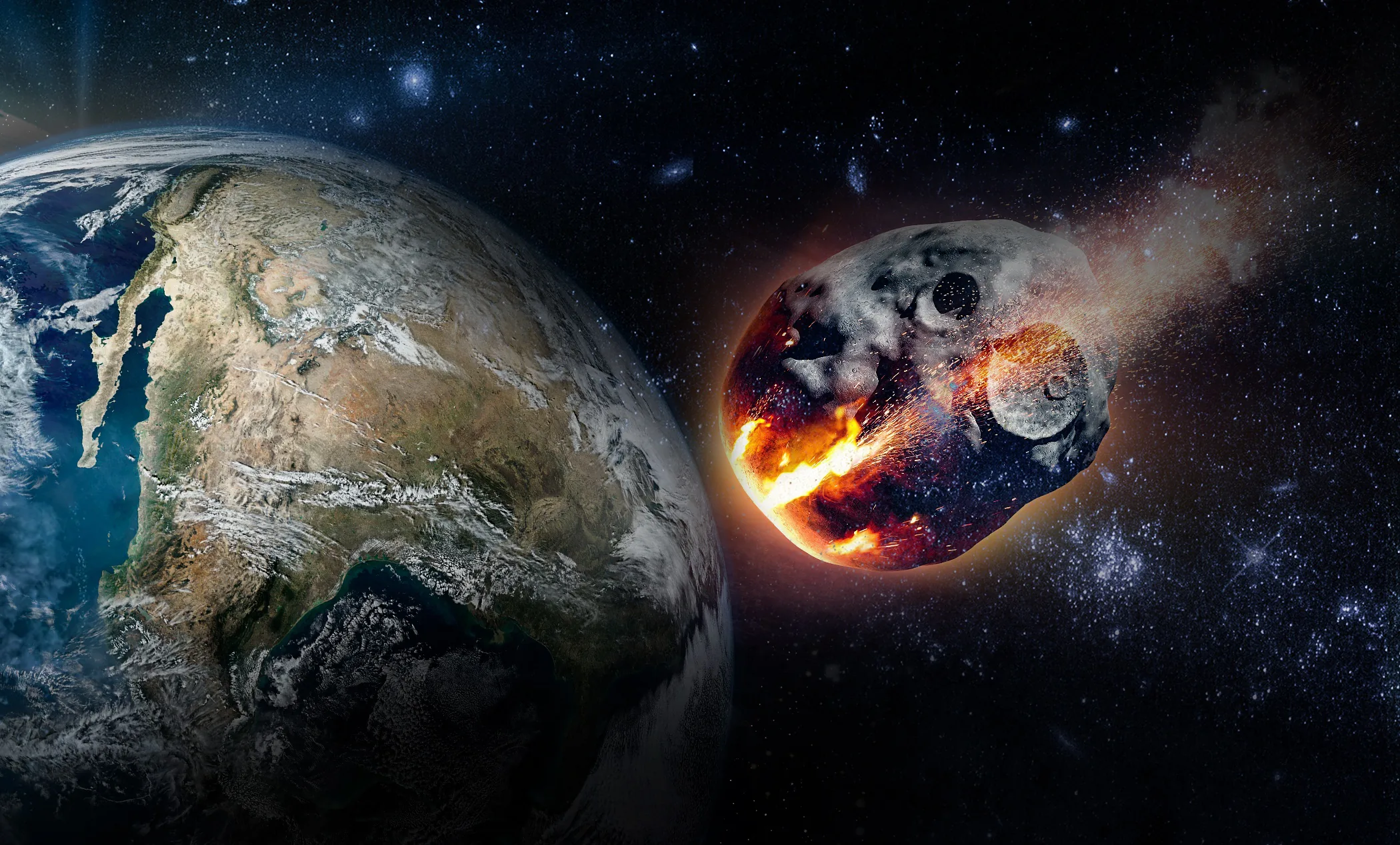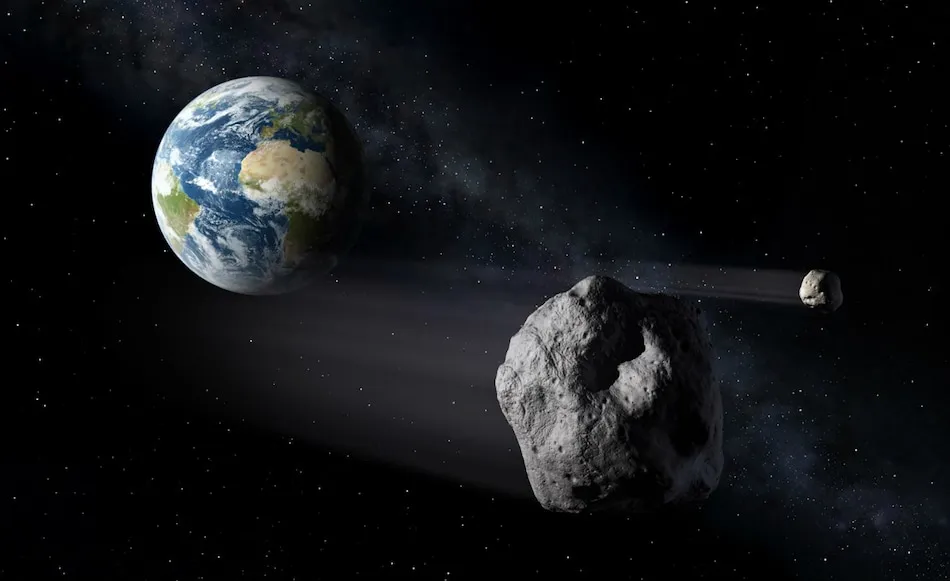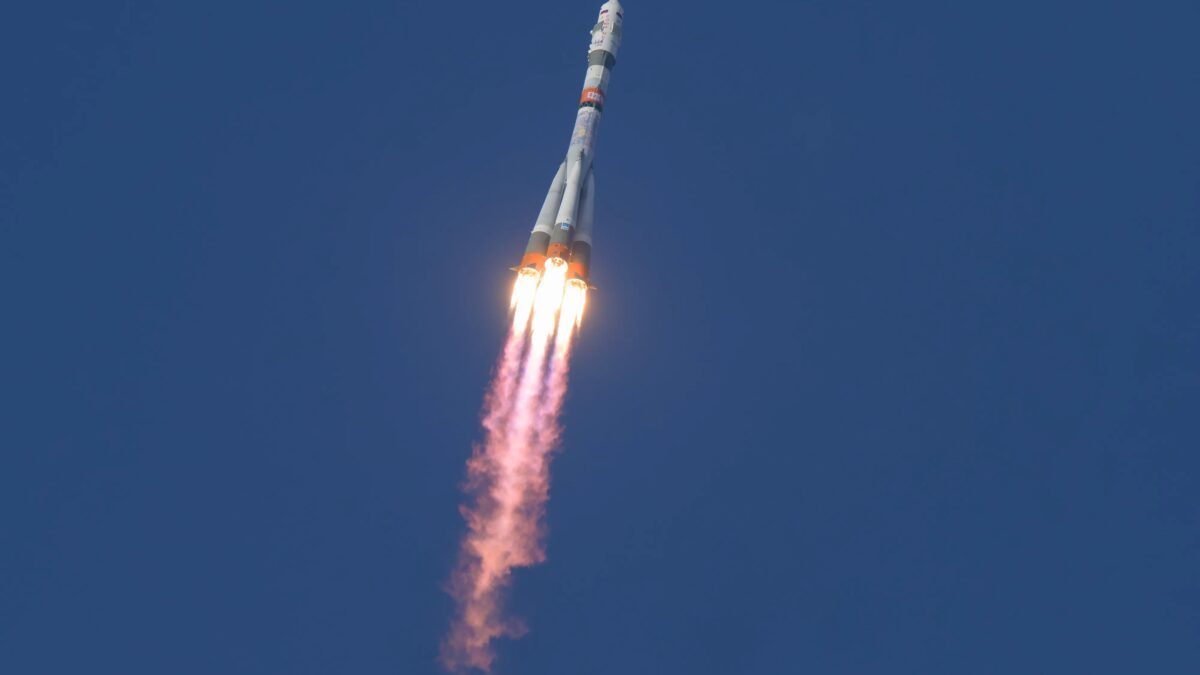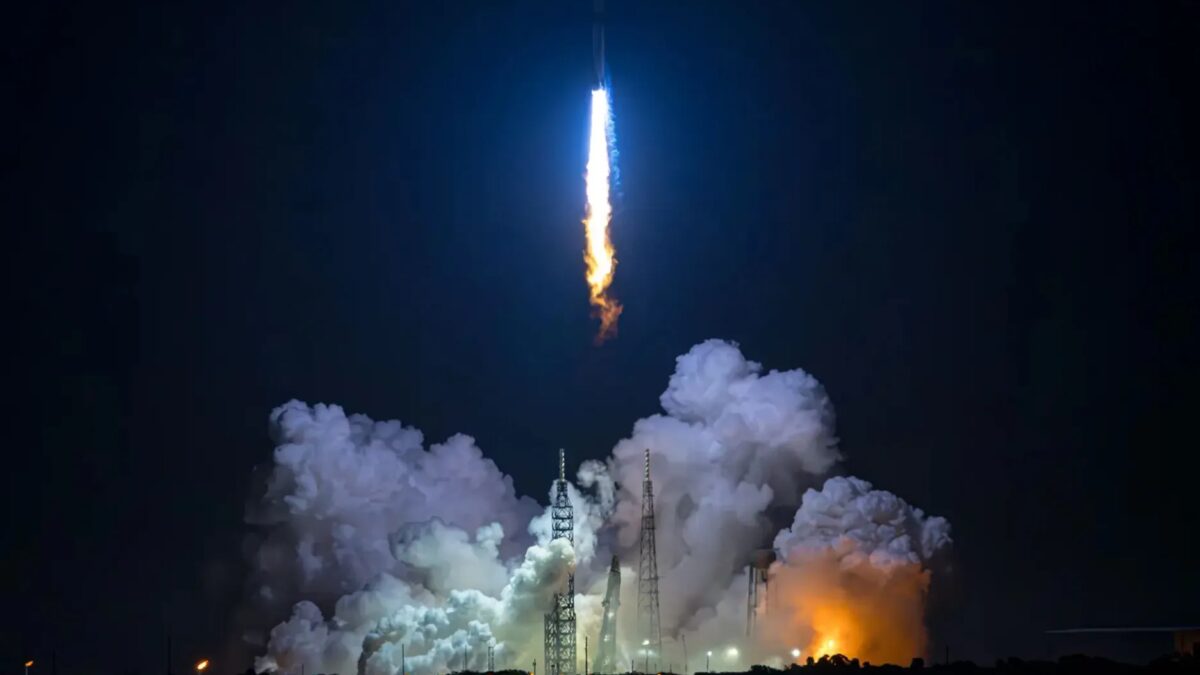NASA has modeled the collision of the Earth with an asteroid

What would happen if a huge asteroid headed toward Earth? As cinematic as that sounds, it’s a very real problem for NASA and the Planetary Defense Coordination Office. It’s the department responsible for organizing the agency’s response to a potentially deadly threat from space, and earlier this year it conducted the world’s most dramatic role-playing exercise, simulating what would happen if a dangerous asteroid was spotted on a collision course with the planet.
What would happen if a dangerous asteroid was spotted on a collision course with the planet?
The exercise, which NASA conducted in conjunction with the Federal Emergency Management Agency (FEMA) and the State Department’s Office of Space Affairs, identified an imaginary asteroid that has a 72% probability of colliding with Earth in about 14 years. With long lead times, space agencies can take action to try to deflect the asteroid, such as in the DART test, in which a spacecraft deliberately crashed into an asteroid in 2022 and managed to change its course.
At the same time, space agencies can take action to try to deflect the asteroid, such as in the DART test, in which a spacecraft deliberately crashed into an asteroid in 2022 and managed to change its course.
One of the problems with this test was that neither the size nor composition of the asteroid was known, making it difficult to predict the effectiveness of any intervention. This mimics some of the problems of real asteroid detection, as information about trajectory, shape, mass and composition are not always known simultaneously. In addition, there are difficulties in observing asteroids as they pass behind the Sun and may not be available for observation for several months.
Asteroids are also difficult to observe, as they pass behind the Sun and may not be available for observation for months.
Another challenge has been bringing together different agencies, such as FEMA, that would coordinate the field.
Our mission — to help people before, during and after disasters. We work across the country every day before disasters happen to help people and communities understand and prepare for potential risks. In the event of a potential asteroid impact, FEMA will be a leading player in interagency coordination.
Leviticus «L.A.» Lewis, FEMA commissioner to NASA’s Planetary Defense Coordination Office
.
NASA emphasizes that there are currently no known asteroids that threaten Earth, but it is important to be prepared for the possibility that such a scenario could occur. The earlier an asteroid is detected, the more time there will be to take protective measures.
The earlier an asteroid is detected, the more time there will be to take protective measures.
«The impact of a large asteroid — potentially the only natural disaster that humanity can predict many years in advance and take action to prevent.
Lindley Johnson, NASA Distinguished Planetary Defense Fellow
.
So far, the agency has only released a relatively brief summary of the exercise’s findings, but a more comprehensive report is expected to follow.









